Bridging the solar energy gap through federal assistance programs
The number of residential solar photovoltaics (PV) installations continues to increase across the United States. But that increase is slower for low-income households, who made up 23% of solar adopters as of 2022.
A new technical report and other resources developed by the National Renewable Energy Laboratory (NREL) aim to help state and local organizations address the PV access gap.
The U.S. Department of Energy’s Weatherization Assistance Program (WAP) and the U.S. Department of Health and Human Services Low Income Home Energy Assistance Program (LIHEAP) offer energy efficiency services to low-income households through state, territory, and Tribal governments. WAP provides free weatherization services to approximately 30,000 households every year, and that number is expected to increase due to the $3.5 billion in Bipartisan Infrastructure Law funding dedicated to the program. LIHEAP provides billions of dollars for states, Tribes, and territories to reduce energy-related costs for low-income residents annually through bill assistance, and states can leverage LIHEAP funds for energy efficiency and weatherization.
Click here to read the full article
Source: Clean Technica
—
If you have any questions or thoughts about the topic, feel free to contact us here or leave a comment below.

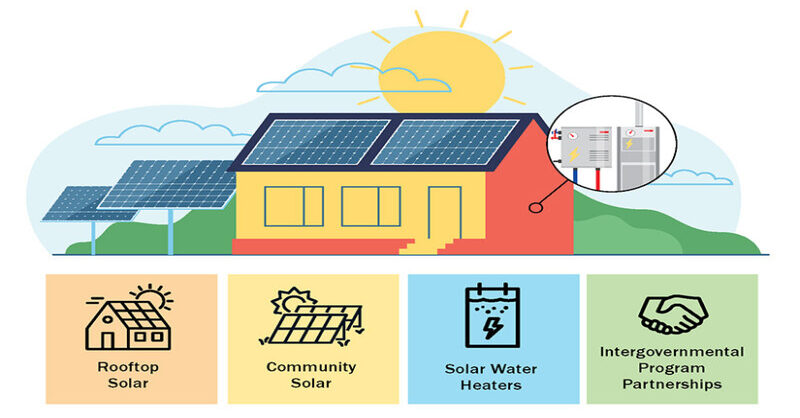
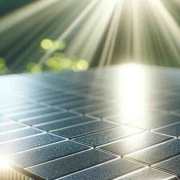
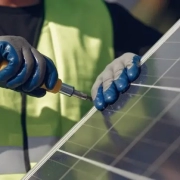
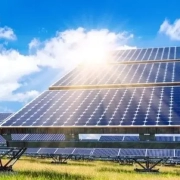
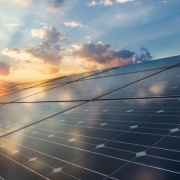
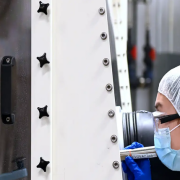
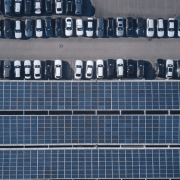


Leave a Reply
Want to join the discussion?Feel free to contribute!